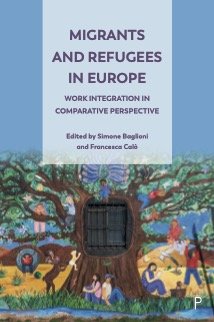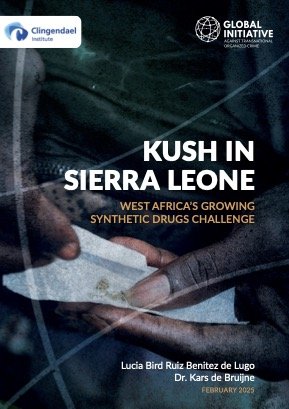By Don Weatherburn, Michael Farrell, Wai-Yin Wan, Sara Rahman
Background: Very few studies have examined the criminal careers of drug traffickers. Our aim in this study was to determine (a) the percentage of drug traffickers who cease involvement in crime following their first conviction for drug trafficking, (b) the factors that affect the likelihood and speed of re-offending among drug traffickers, (c) the factors that affect the rate of reoffending among drug traffickers and (d) the scale of drug trafficker involvement in crimes other than drug trafficking.
Methods: We characterize the criminal careers of a sample of 30,020 cases of offenders convicted of drug trafficking in New South Wales (NSW), Australia over the 29-year period between 2000 and 2023, focussing on how drug charge, trafficker type, and drug and alcohol use affect the risk and frequency of offending. We use a combination of descriptive statistics, cure fraction regression and negative binomial regression. Our controls in the regression analyses consist of age, age of first conviction and number of prior convictions.
Results: The 'cure' rate among males aged 30-39 who were first convicted between 19 and 35 years of age, whose principal offence is trafficking in a non-commercial quantity of heroin, who have three prior convictions and who score 'moderate' in terms of the LSI-R drug/alcohol scale is 31 per cent. The instantaneous risk of re-offending among ATS, heroin, cannabis and ecstasy traffickers ranges between 62 and 82 per cent higher than among cocaine traffickers. Convicted drug traffickers commit a wide variety of offences but only a small proportion are convicted of drug offences before or after their first conviction for drug trafficking.
Conclusions: The present study raises two important questions for future research. The first concerns whether those involved in drug trafficking in Australia rely on it as a primary source of income or whether it is just one of several income-generating criminal activities they switch between in the course of a criminal career. The second question is why there are such marked differences in the risk, speed and frequency of offending among traffickers of different drugs.
International Journal of Drug Policy; 2024, 10p.





















